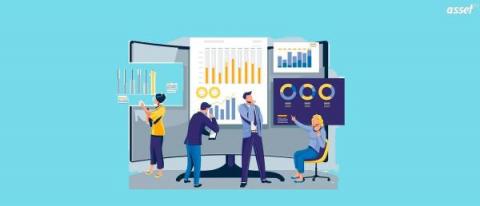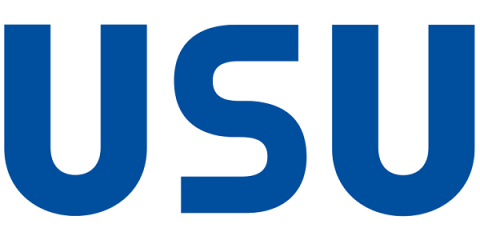Operations | Monitoring | ITSM | DevOps | Cloud
Latest News
IT Asset Management Certifications: The 7 Best ITAM Training Courses
Best Asset Management in Work Order Tracking For 2023
Top Asset Tracking Methods in 2025
The Next ITSM Trend: 10 Sustainability Initiatives for Business in 2023
Are You Getting Everything You Can From Your ITIM and ITSM Integration?
IT Service Management (ITSM) tools are for many organizations the lifeblood of the help desk and possibly the entire IT department. Some would argue these tools are the lifeblood of the entire organization, as well. Many IT departments live and die by their IT Service Management tools, using them to track everything from support tickets to change control requests, provisioning and de-provisioning of resources and more.
What are the benefits of maintaining an ideal Asset Register?
When an organization is small, they have limited assets for that purpose spreadsheet can be used. However, when the number of assets and organization grows spreadsheet becomes inaccurate as many people access it at one time. When multiple people access spreadsheets the chances of inaccuracy increase, and data can be changed unintentionally. Moreover, the chances of finding errors are not good as there is no timestamp or tracking.
New innovations improve workplace productivity in 4 ways
ServiceNow is on a mission to help businesses be more resilient in the midst of trying times. Building on our recent Now Platform® Tokyo release, I’m excited to announce a host of new offerings designed to help organizations run better and increase workplace productivity. Our latest solutions aim to improve both employee and customer experiences across all industries and accelerate growth with tailor-made solutions for telecommunications and the public sector.
Top Highlights from Experience Everywhere: New York!
This year’s Experience Everywhere is in the books – and just as we expected, the New York crowd helped us end this unforgettable four-city tour on a high note. We knew we had to bring something special for our big return to a live conference, and our incredible attendees and a star-studded lineup of speakers helped us do just that.









